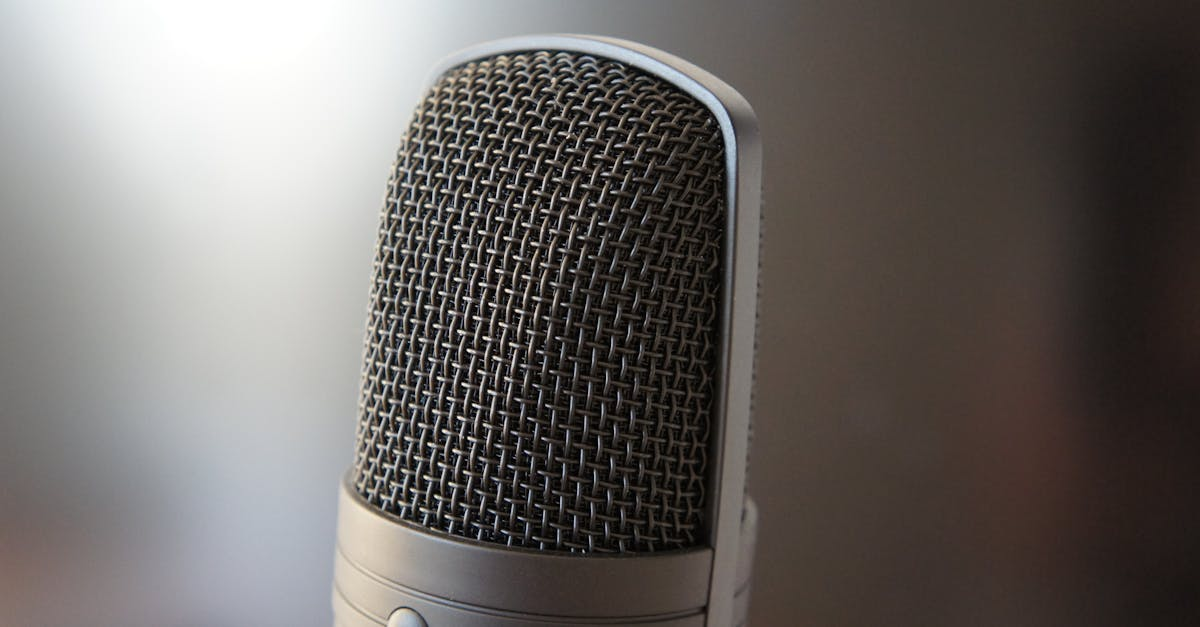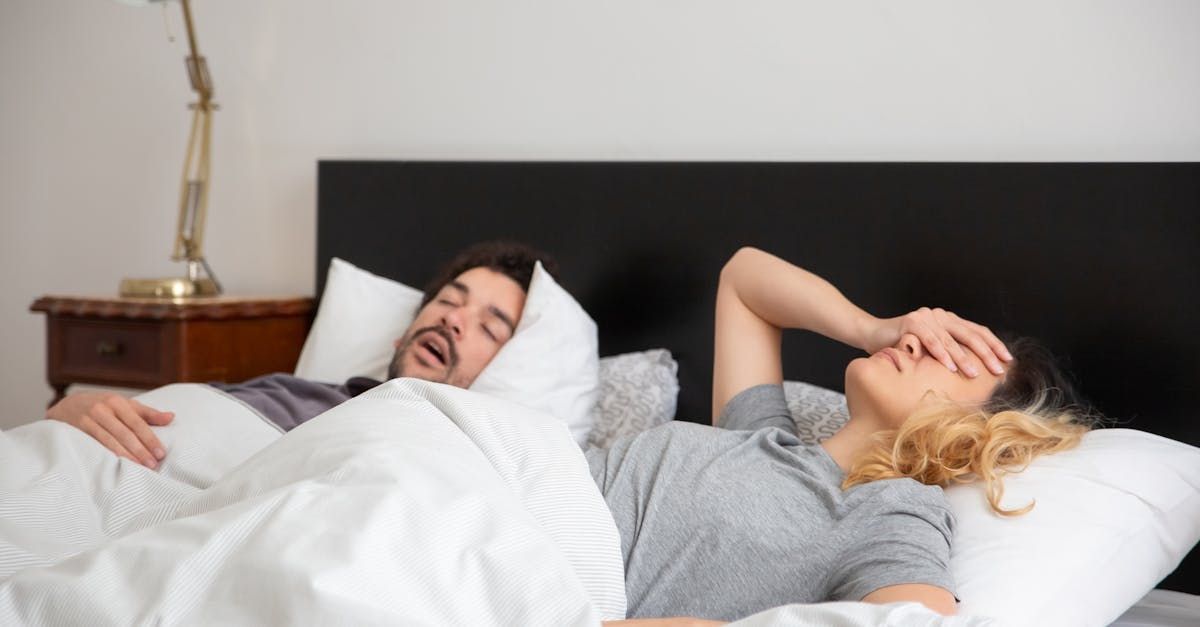2024
CPAP Compliance vs. Oral Appliance Effectiveness in Sleep Apnea Treatment
Obstructive Sleep Apnea (OSA) is a common condition that disrupts breathing during sleep, leading to serious health risks if untreated. While Continuous Positive Airway Pressure (CPAP) machines are the traditional "gold standard" for OSA treatment, their low compliance rates have raised questions about their real-world effectiveness. Oral appliances, on the other hand, offer an alternative that may better suit some patients. This blog explores CPAP adherence issues and compares the effectiveness of oral appliances.
CPAP Compliance Challenges
Despite CPAP's proven ability to reduce apnea events, adherence remains a significant issue:
- Low Adherence Rates: Studies show that 34% to 50% of patients fail to use their CPAP machines as prescribed, often due to discomfort, noise, or inconvenience. Even with interventions like behavioral coaching, adherence improvements are modest
- Short-Term vs. Long-Term Use: Many patients abandon CPAP within the first year of treatment. Long-term adherence averages only 4–5 hours per night, below the recommended 7 hours for optimal effectiveness.
- Patient Perception: Factors like perceived discomfort and lack of immediate symptom relief often deter consistent use.
Oral Appliances: A Viable Alternative
Oral appliances, such as mandibular advancement devices (MADs), reposition the jaw or tongue to keep airways open during sleep. While they are less effective than CPAP in reducing apnea-hypopnea index (AHI) scores, their real-world effectiveness is comparable due to higher adherence rates:
- Effectiveness: Success rates for oral appliances range from 30% to 85%, compared to 62% to 100% for CPAP. However, higher nightly usage of oral appliances often offsets their lower efficacy in reducing apnea events.
- Patient Preference: Many patients find oral appliances more comfortable and easier to use than CPAP machines, leading to better long-term compliance.
- Limitations: Oral appliances are most effective for mild-to-moderate OSA and may not work for everyone. About one-third of users experience little improvement.
Comparison of CPAP and Oral Appliances
CPAP Machines
Adherence Rates: Low (34%–50%)
Effectiveness (AHI): Superior for severe OSA
Comfort: Often uncomfortable
Portability: Bulky and reliant on electricity
Side Effects: Dry mouth, bloating
Oral Appliances
Adherence Rates: Higher due to comfort and ease
Effectiveness (AHI): Effective for mild-to-moderate OSA
Comfort: Generally well-tolerated
Portability: Compact and travel-friendly
Side Effects: Jaw discomfort, bite changes
Conclusion
While CPAP remains the most effective option for severe OSA in clinical settings, its low adherence rates limit its real-world impact. Oral appliances offer a more user-friendly alternative with comparable health outcomes for many patients, particularly those with mild-to-moderate OSA or those who struggle with CPAP compliance. Consulting with a sleep specialist can help determine the best treatment approach tailored to individual needs and preferences.
Citations:
https://pmc.ncbi.nlm.nih.gov/articles/PMC4992257/
https://jcsm.aasm.org/doi/10.5664/jcsm.3460
https://pmc.ncbi.nlm.nih.gov/articles/PMC6346846/
https://sleep-doctor.com/blog/what-really-is-long-term-cpap-adherence/
https://www.sleepapnea.org/treatment/oral-appliance-for-sleep-apnea/
https://publications.ersnet.org/content/breathe/13/1/32
https://www.health.harvard.edu/blog/dental-appliances-for-sleep-apnea-do-they-work-2021042822476


